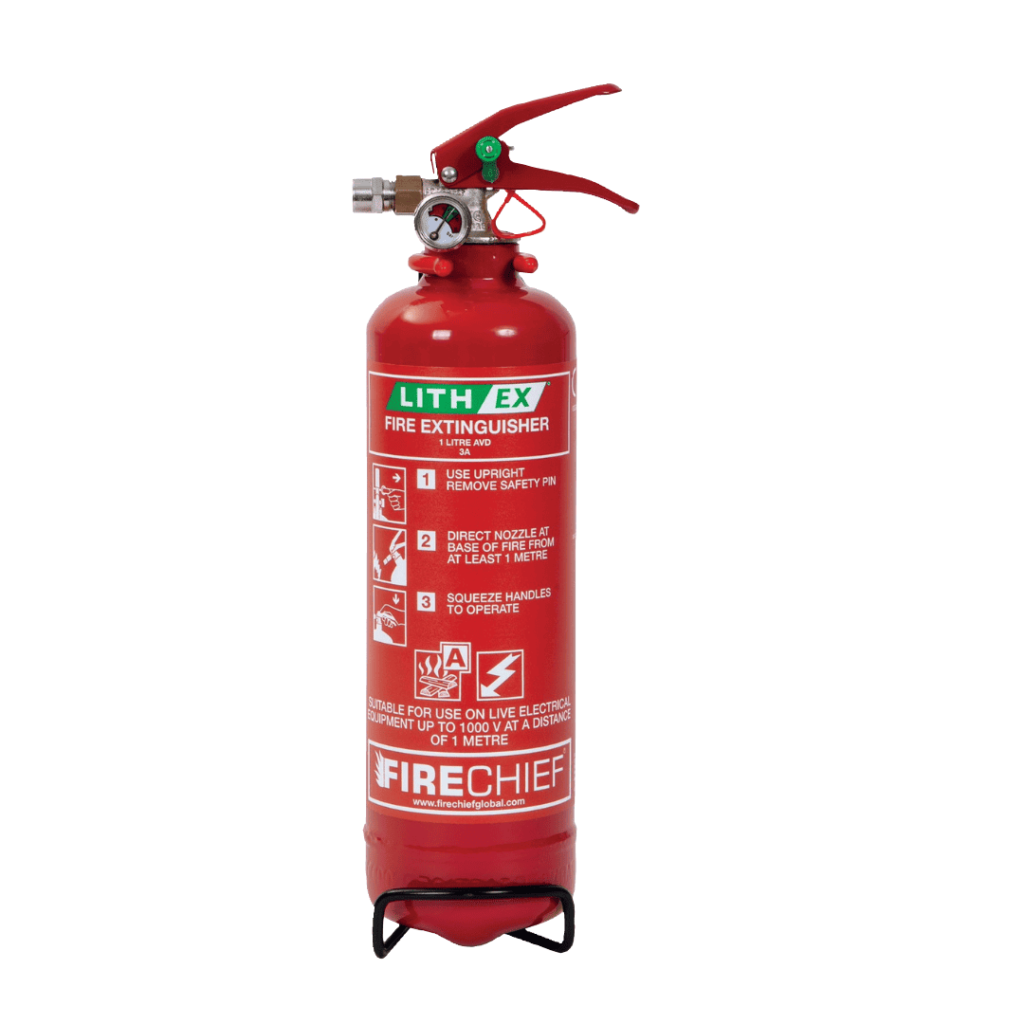Introducing Fire Safety to Children
When introducing fire safety to children, it’s vital to balance seriousness with an approachable, kid-friendly tone. Start by explaining the basic nature of fire – how it can be useful when controlled, but dangerous if not.
Use visual aids like colorful charts or videos to illustrate the ‘Do’s and Don’ts’. Engage them with role-playing scenarios where they practice what to do if they encounter fire.
Introduce them to the concept of a “Fire Safety Zone” in the house – places where playing with fire is strictly off-limits, like the kitchen or near electrical appliances. Regularly reinforce these lessons through fun and educational activities to ensure they retain this crucial information.

Creating a Fire Escape Plan
Creating a fire escape plan with your children is a key step in ensuring their safety. First, identify two safe ways to exit from each room, especially bedrooms. Use a floor plan of your home to visually represent these routes.
Teach kids the importance of staying low to the ground to avoid smoke and to never hide during a fire. Practicing regular fire drills, both during the day and at night, helps reinforce these escape routes and the meeting place outside your home. Remember, a well-practiced plan can make a significant difference in an emergency situation.
Safe Cooking Practices
Educating children on safe cooking practices begins with teaching them the dangers of the kitchen, such as hot surfaces, boiling water, and sharp objects. Explain the importance of adult supervision when using the stove or oven.
Encourage them to keep flammable materials like towels and paper away from heat sources. Teach them to turn pot handles inward to prevent spills and burns. It’s also important to instruct them on the proper use of a fire extinguisher or fire blanket, and to never throw water on a grease fire. Remember, instilling good kitchen habits early on is crucial for their long-term safety.

Electrical Safety for Kids
Educating children about electrical safety is vital for preventing accidents. Teach them the basics: never touch electrical outlets or cords with wet hands and never insert foreign objects into outlets.
Explain the dangers of frayed wires and the importance of reporting them to an adult. Emphasize that electrical appliances are not toys and should be used with care. Remind them to turn off electrical devices after use and to ask for help when they’re unsure about using any electrical item.
Instilling these safety habits early on can significantly reduce the risk of electrical accidents.
Fire Emergency Contact Numbers
In South Africa, it’s crucial to teach children the national emergency number, which is 10111 for the police and 10177 for the ambulance and fire services.
Additionally, ensure they know the local fire department’s direct number. Explain how to call these numbers, the type of information they’ll need to provide (like their address and the nature of the emergency), and emphasize that these numbers are for emergencies only.
It’s beneficial to have these numbers visibly listed in your home, and to practice mock phone calls with your children to build their confidence in handling emergency situations.

First Aid for Burns
Educating children on first aid for burns is a crucial aspect of fire safety. The first step is to cool the burn under cool running water for at least 10 minutes. Teach them to never use ice on a burn, as it can cause more damage.
They should know not to touch or pop any blisters and not to apply any creams or ointments to a serious burn. It’s important to cover the burn with a clean, dry cloth and seek adult help immediately. Simple, clear instructions will empower them to act correctly and safely in an emergency.
Conclusion
In conclusion, educating children about fire safety is a vital responsibility that can significantly impact their well-being. By imparting knowledge on fire escape plans, safe cooking practices, electrical safety, emergency numbers, and first aid for burns, we empower them with the skills to protect themselves in case of a fire.
Regular practice and reinforcement of these concepts are key to ensuring that the lessons stay with them. As guardians, our aim should be to create a safe, aware, and prepared environment for our children, equipping them to face such emergencies with confidence and calmness.

